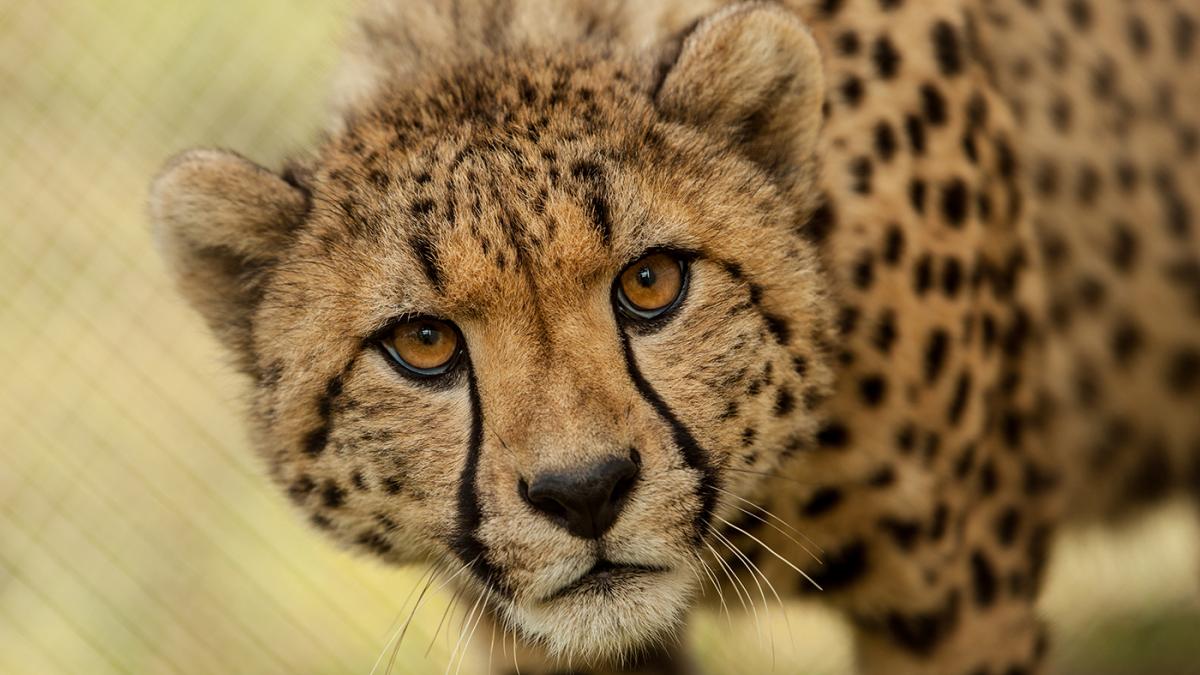
Twelve cheetahs from South Africa arrived in Gwalior, Madhya Pradesh, on Saturday as part of an intergovernmental agreement to reintroduce the big cats to India.
These 12 cheetahs will join eight others from neighboring Namibia that was released into Madhya Pradesh’s Kuno National Park last year.
“The 12 cheetahs… have begun their journey to India,” tweeted Environment Minister Bhupender Yadav on Friday, adding that they were expected to arrive on Saturday.
The following are the most recent updates on the 12 cheetahs arriving from South Africa:
1. The 12 cheetahs were sedated and loaded into crates before being transported to OR Tambo International Airport in Johannesburg.
2. The 12 cheetahs were transported from South Africa by the Indian Air Force’s C-17 Globemaster Cargo plane. The cheetahs will be relocated to Madhya Pradesh’s Kuno National Park.
3. The cheetahs, seven male, and five female are the first of dozens promised to India by South Africa over the next decade.
4. A subspecies of the African cheetah, the fastest land animal on the planet, became extinct on the Indian subcontinent in 1952.
5. In order to cooperate on the reintroduction of cheetahs to India, the governments of South Africa and India signed a Memorandum of Understanding (MoU).
6. Following the import of the 12 cheetahs in February, the plan is to translocate 12 more each year for the next eight to ten years. To inform such translocations, scientific assessments will be conducted on a regular basis.
7. The eight Namibian cheetahs are now being held in hunting enclosures (a six-square-kilometer area where they can interact with one another) before being released into the wild. According to officials, they are in good health and kill prey every three to four days.
8. All 12 cheetahs were born in the wild and grew up among predators such as lions, leopards, hyenas, and wild dogs.
9. The cheetahs were provided by Phinda Game Reserve (3), Tswalu Kalahari Reserve (3), Waterberg Biosphere (3), Kwandwe Game Reserve (2), and Mapesu Game Reserve (1), and their translocation follows IUCN guidelines for reintroductions and other conservation translocations, as well as international veterinary standards and protocols.
10. Cheetah populations around the world have decreased, from an estimated 15,000 adults in 1975 to a current population of fewer than 7,000 animals.





